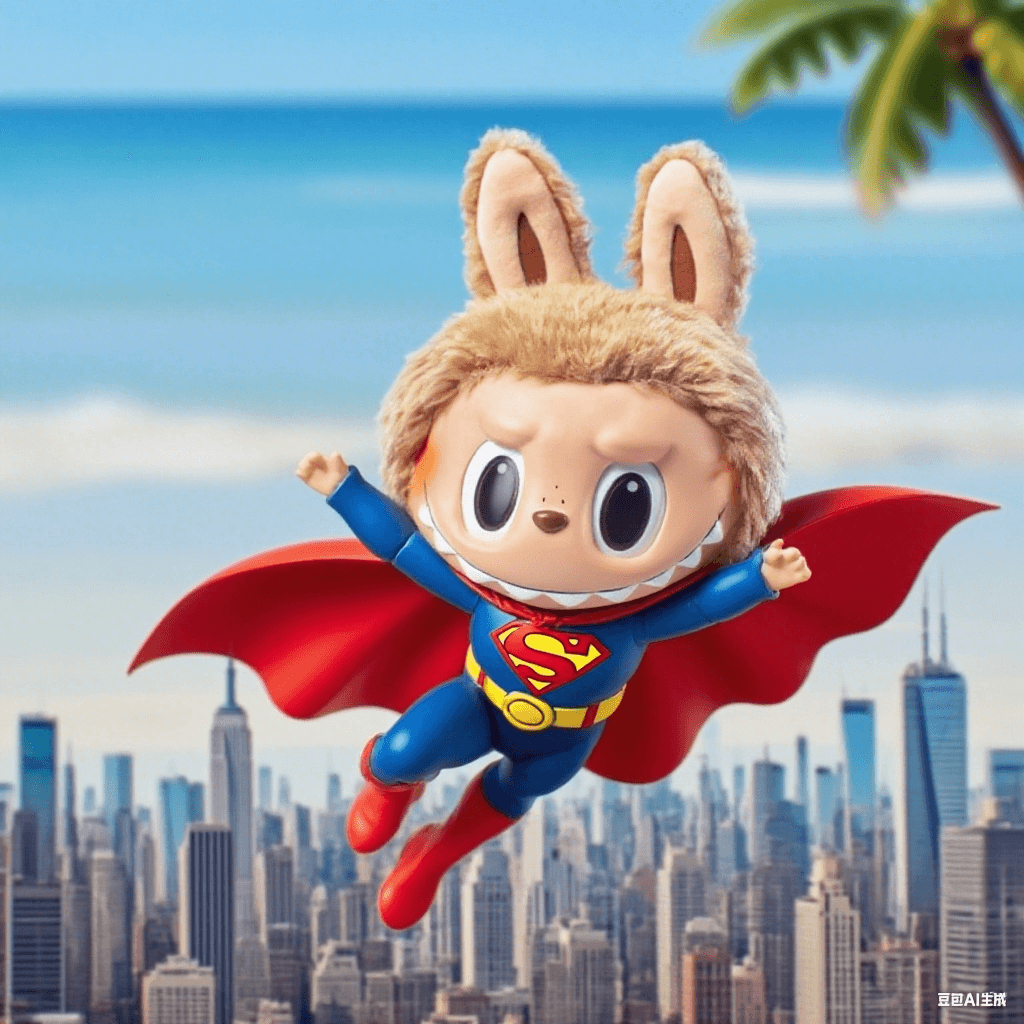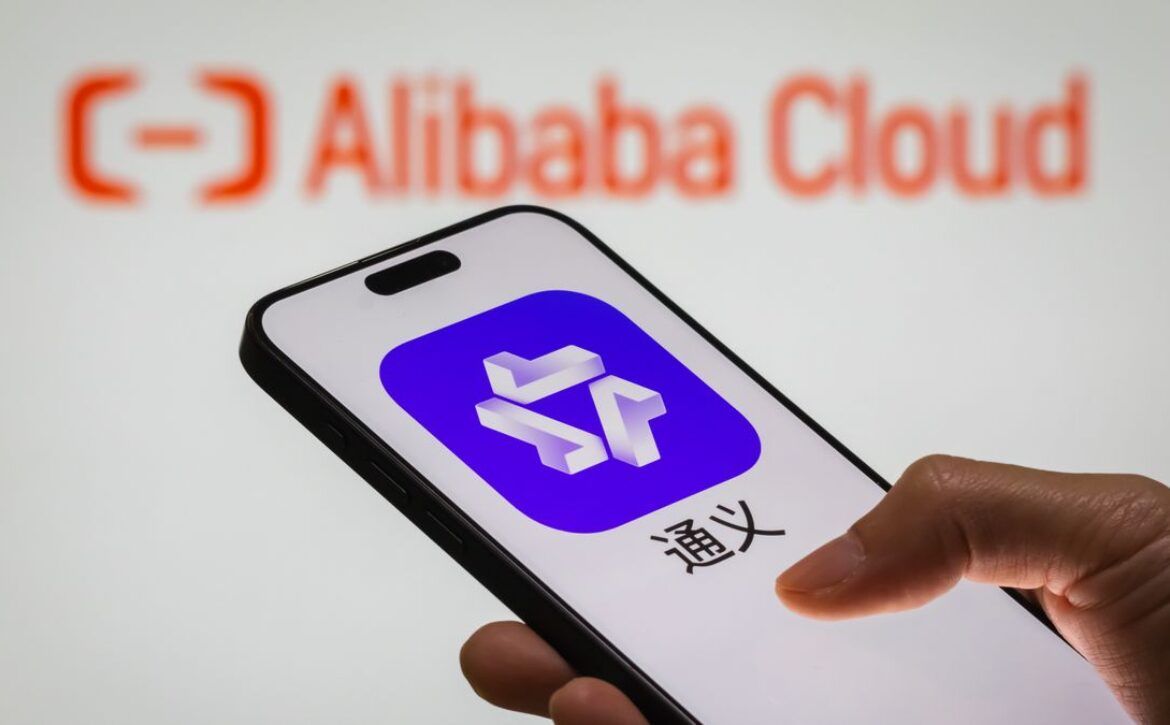
When POP MART Starts Restocking
Want to read in a language you're more familiar with?
On June 18th, at 10 a.m., the official POP MART online store suddenly popped up a restocking notice for the Labubu 3.0 series, which quickly exploded in the tre...
On June 18th, at 10 a.m., the official POP MART online store suddenly popped up a restocking notice for the Labubu 3.0 series, which quickly exploded in the trend toy market like a bombshell.
Within 48 hours, the brand released over 5 million products through multiple sales channels, causing a collapse in the secondary market's pricing system.
What was speculated to 2800 yuan of a full box of blind boxes dropped to 650 RMB, while the hidden version "Benwo" plummeted from 4607 RMB to 2048 RMB, a drop of more than 55%.
This event, which industry experts have dubbed the "Trend Toy Tulip Bubble," caused scalpers to lose tens of thousands of RMB in a single day and led to a 43.5 billion HKD drop in POP Mart’s stock price over five days.
 Generated by AI
Generated by AI
Market Shock: From Frenzy to Crash in 48 Hours
"700 RMB for a full set, no bargaining." In the early hours of June 19th, such resale announcements flooded trend toy trading groups. Just three days earlier, the Labubu 3.0 series was trading for 2800 RMB, but overnight, its price was halved. This panic selling quickly spread, with sales on second-hand platform Poshmark Inc surging by 217%, and some sellers even offered "buy one, get one free" promotions to clear inventory. In stark contrast to this is the official channel of the rush to buy, Beijing consumer Ms. Wang lucky to grab two boxes: "Before looking for scalpers to increase the price of 800 yuan can not buy, and now 99 yuan at the original price can buy." The capital market experienced similar turbulence, with POP MART's stock price dropping from 283 HKD to 235 HKD, a 17% decline from its peak earlier in the year. This avalanche was not accidental.
The Rise of Labubu
Tracing back to the path of Labubu's popularity, from Lalisa Manobal's sunshine photo in April 2024 triggered a rush to buy in Southeast Asia, to Robyn Rihanna Fenty's airport street photography triggered frenzy in the European and American markets. The star effect superimposed on the hunger marketing (monthly production capacity of only 300,000 pieces), making this sharp-toothed elf become a phenomenal “social currency”. Data revealed that the MONSTERS series, which includes Labubu, contributed 23.3% of POP MART's revenue in 2024, making it called "money printing machine". However, this also breeds a speculative ecology: scalpers monopolize 30%-50% of the supply by scripting and robbing on behalf of the scalper, and control the market with price alliances and graded shipments. This results in consumers not being able to grab the original price, and finally have to buy at a premium of many times. From a premium of 10 times to 30 times, and then to the hidden models auctioned for millions of sky-high prices, LABUBU from emotional toys into a new “investment asset”, and even staged the phenomenon of “all the scalpers”.
 Generated by AI
Generated by AI
A Long-Term Strategy to Protect IP Life
This seemingly "self-destructive" restocking decision was, in fact, aimed at returning to the original value of the toy it self. Industry commentator Zhang Shule noted, "The inflated prices in the secondary market forced Bubble Mart to act in order to prevent excessive speculation from causing the Labubu IP to collapse prematurely." From the experience of the past, people have repeatedly fallen into the cycle of “scarcity-frenzy-crash”. In the Netherlands in the 17th century, tulip bulbs were wildly sought after because of their scarcity and ornamental value, with one bulb even worth a house. Similarly, the once-popular Yeezy, due to limited releases, were resold at sky-high prices, creating a huge speculative bubble. But when people return to rationality, and gradually realize that the price far exceeds the actual value, the market enthusiasm quickly subsided, and how many sincere consumers can be left? POP MART’s founder, Wang Ning, chose to implement an "irregular restocking and limited purchase of 12 items" strategy during Labubu's peak frenzy, releasing 5 million units over 48 hours. This "saturation supply" strategy directly dismantled the scalpers' stockpiling logic. While the market saw a sharp drop in stock price, it was ultimately a move to protect the IP’s lifecycle and prevent the brand from suffering from "over-drafted prosperity," avoiding a repeat of the "Tulip Bubble" scenario.
Emotional Value: From Social Currency to Companionship
More importantly, this restocking move is pushing the trend toy industry back to its emotional roots. Wang Ning stated, "We want to create IPs with enduring viability." Designers have imbued Labubu with personality traits like "rebellious and proud," resonating with the self-anxiety of young people. Similarly, characters like Dimoo and Molly carry the emotional needs of different groups. According to a 2024 brand survey, 68% of users said they "confide in their trend toys," and 53% felt that "they understand my emotions better than real people." This emotional projection was especially evident during the pandemic. On a social platform under the hashtag #withtrendtoysinpandemic, more than 2 million users shared their "at-home routines" with IPs. One student from Beijing, Li, shared a typical experience: "Changing Labubu’s clothes and posing it before bed has become my stress-relief ritual." This daily interaction formed an emotional habit, turning trend toys into an organic part of people's lives, far beyond just a commodity. POP MART’s 2024 financial report showed that core users interacted with their toys an average of 12.3 times per month, including activities such as taking photos and setting up scenes. In an age where material conditions have become increasingly abundant, the pursuit of spiritual value has become an essential part of life. These toys have evolved into "digital-age comfort objects" that carry emotional value. When Generation Z feels exhausted from socializing in the real world, these silent IPs become a safe emotional outlet. When they seek self-expression, trend toys become a medium for declaring their individuality. Following Labubu’s price crash, the tone of discussions on social platforms quietly shifted. The previous posts about "showing off hidden versions" and "boasting price premiums" have significantly decreased. In contrast, there is now more authentic sharing about "favorite Labubu design details" and "daily interactions with the toys." One player on Xiaohongshu reflected, "I used to save up to collect a full set, but now I realize I only truly like these three styles."
 Generated by AI
Generated by AI
This upheaval triggered by restocking is not just about increasing supply. It is a manifestation of both commercial rationality and cultural values. As the speculative bubble dissipates, what remains is a deeper reflection on "what constitutes healthy cultural consumption." The true trend toy culture should allow every young person to find their emotional outlet in their favorite doll companions, rather than being blindly swept up in a capital-driven digital frenzy.





